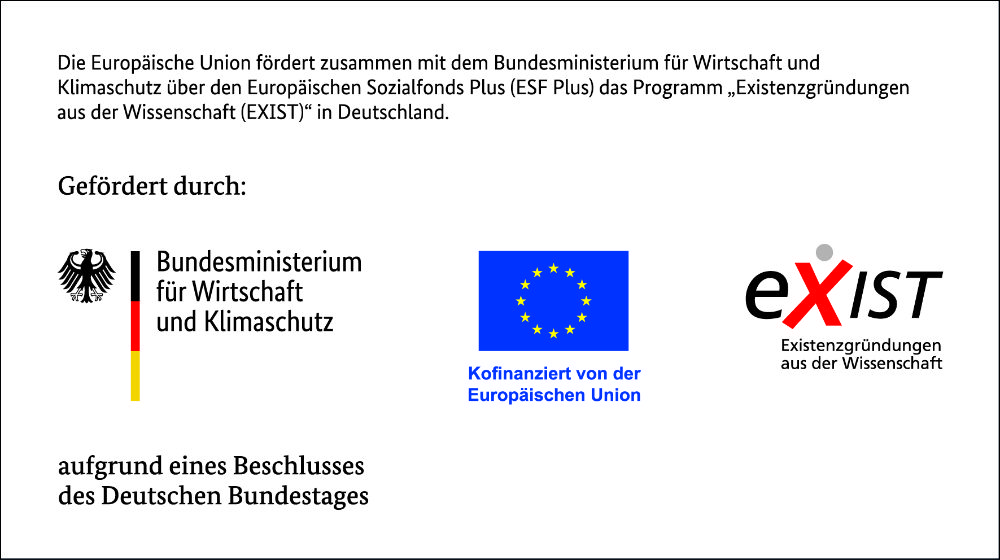We are happy to announce that we have secured EXIST Research Transfer funding, a programme from the German Federal Ministry for Economic Affairs and Climate Protection (BMWK). The funding helps us to commercialize a new technology developed by researchers at Heinz Nixdorf Institute of Paderborn University. The funding, with a sum of around 849,000 Euros, will be used to spin-off from the university and turn the new technology into marketable products.
A research group at the Heinz Nixdorf Institute of Paderborn University spent the last years developing a new way to create high precision analogue signals. Precise signals play an important role in various applications – from measurement equipment over radar systems to telecommunications. Especially in telecommunications, ever larger amounts of data have to be transmitted in ever shorter times. If the data transmission signals are not highly precise, errors in communication can sometimes occur. Our research efforts therefore focus on reducing potential sources of error, by reducing the phase noise in the carrier signal.
Signal generators are laboratory devices that are used as test equipment in product development. Their area of application, which ranges from computer technology to aerospace, is large, which is why the requirements for signal generators are correspondingly high. “The new technology is intended to generate signals in the high frequency range that are very precise. This minimizes the so-called phase noise, which can lead to transmission errors,” explains Dr. Peter Hertenstein from the circuit technology department at the University’s Heinz Nixdorf Institute, who is leading the project. The special thing about the signal generator developed here is that optical and electrical signals are combined with each other. For this purpose, the signal generators are equipped with a mode-locked laser (MLL). MLLs are capable of creating an optical reference clock that allows very accurate measurement of units of time. A phase detector, which works in the mixed electronic-optical range, then converts the clocks into electrical signals.
The early project phase has been positive: “The initial findings are promising. The demonstrator already makes it possible to generate ten times less phase noise, i.e. ten times more precise signals,” says Hertenstein. The aim is to sell the signal generator commercially in the future. “It will probably take until the second quarter of 2024 to be ready for the market.” The project manager sees a wide range of possible uses for the signal generators. “Our vision for the future is to explore further areas of application. One of them could be in medical technology, for example,” Hertenstein hopes.




